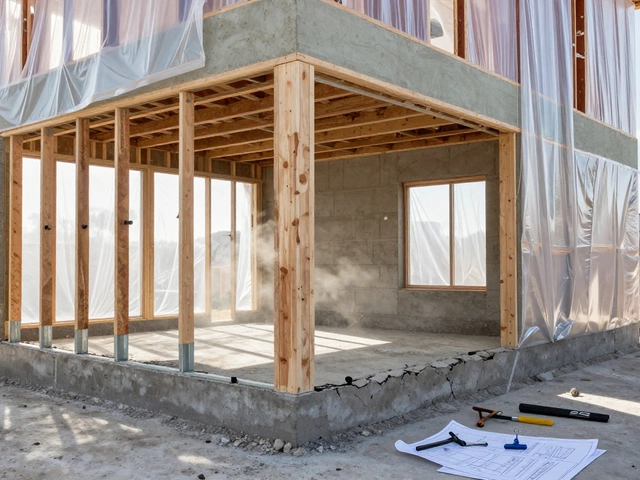Commercial Building
Commercial building projects demand clear planning. When working with commercial building, a structure designed for business use such as offices, retail or industrial space. Also known as commercial property, it forms the backbone of economic activity across cities. A construction company, a firm that manages the entire building process from design to handover plays a pivotal role, because the quality of the final structure often mirrors the expertise of the builder. Building repair, the upkeep and fixing of structural issues after completion is another essential piece, ensuring the asset stays safe and functional over decades. Finally, interior renovation, the redesign of internal spaces to meet modern standards and tenant needs can transform an old shell into a vibrant workplace. Together, these elements show that a commercial building encompasses interior renovation, requires building repair, and is shaped by the construction company behind it.
Core Considerations for Business Spaces
First, the choice of a construction company sets the tone for cost, timeline, and compliance. A reputable firm brings project managers, site engineers, and safety officers who coordinate trades, secure permits, and keep the site on schedule. Their experience with commercial codes—like fire safety, accessibility, and energy performance—means fewer surprise inspections later. Second, building repair isn’t just a after‑thought; preventive maintenance plans, roof inspections, and façade checks can extend a structure’s life by decades. For example, a systematic roof‑overlay every ten years can cut costly water damage in half. Third, interior renovation drives tenant satisfaction. Modern offices expect flexible layouts, acoustic solutions, and smart‑lighting that mimics natural daylight. Simple upgrades—such as interchangeable wall panels, modular furniture, or low‑VOC paint—can modernize a dated floor without a full gut‑rehab. Across our collection, you’ll see posts that dive into storage hacks for tight commercial corridors, curtain color trends that boost brand perception, and lighting choices that cut energy bills while improving worker wellbeing. Each piece ties back to the three pillars above: who builds it, how it’s kept up, and how it looks inside.
With that framework in mind, the articles below will walk you through real‑world scenarios—from choosing the right construction partner to spotting early signs of structural wear, and from budget‑friendly interior makeover ideas to the latest trends that keep commercial spaces competitive. Whether you’re a property manager, a small business owner, or a contractor looking for fresh insights, the next set of posts offers actionable advice that fits every stage of a commercial building’s lifecycle.
What Defines a Commercial Building?
Understanding what makes a building commercial is crucial for anyone in construction, real estate, or business planning. Commercial buildings are spaces meant for business activities, like retail, offices, or services. These buildings have specific features and zoning laws that separate them from residential ones. This article delves into what sets commercial buildings apart and explores interesting facts and practical tips related to their construction and use.
full article




